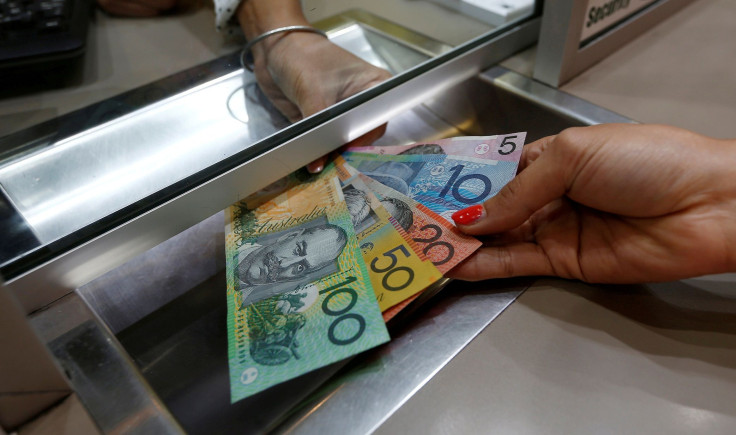Aussie dollar doomed to fall amid declining Australia-US bond spread

Economists have warned that the Aussie dollar is set to fall after the country’s relationship with the US reportedly hit a low. Historically, the spread between the two countries’ 10-year government bond rates served as a main driver for the currency.
The difference between the yields offered on the 10-year government bonds between the two countries dropped 16 basis points or 0.16 percentage points last week, the lowest since March 2001. That time, the Aussie dollar purchased fewer than US50¢ against the US74.4¢ now.
It went higher to more than 250 basis points since 2010 but has recently accelerated due to the divergent monetary policy paths of the Federal Reserve. It is centred on Reserve Bank of Australia as well as the lifting official rates.
Economists warned about the effect of a low differential on the Aussie economy. TD Securities' Annette Beacher said the currency would likely plunge to US62¢ after the differential has become 30 basis points in April. Beacher said it might just result to an inflationary shock as the price of imports surged.
Since last month, the yield has narrowed while a recent string of economic data has traders upping the chances of additional easing from the RBA. According to Bloomberg, traders were pricing in a 40 percent probability of a rate hike by the December RBA meeting.
There remains a lot of speculations on how the situation would impact the Aussie currency. It has lagged but followed the yield differential over the past two decades, but this has not been the case in the recent months.
The rise of China
A key force that underpins the Aussie currency is believed to have been the rise of China and the once-in-a-generation boom in demand for commodities. Also, the Australian economy has generally offered higher interest rates compared to the US.
US interest rates surge while the Australian’s stay on hold. As this is the case, AMP Capital's head of investment strategy and chief economist Shane Oliver forecast the currency to fall below US70¢ by the end of the year.
"The interest rate differential in favour of Australia is continuing to narrow and will likely reach zero early next year as the Fed hikes rates and the RBA holds or cuts; constrained commodity prices will also act as a drag," Sydney Morning Herald quotes him. RBC Capital Markets' Su-Lin Ong and Michael Turner speculated on the possibility of the spread dropping to zero.
Read More:
Uber to hike fares and add booking fee in Australian cities from June
Don't commit these tax errors in June to avoid financial burden
Sydney Morning Herald/YouTube





















